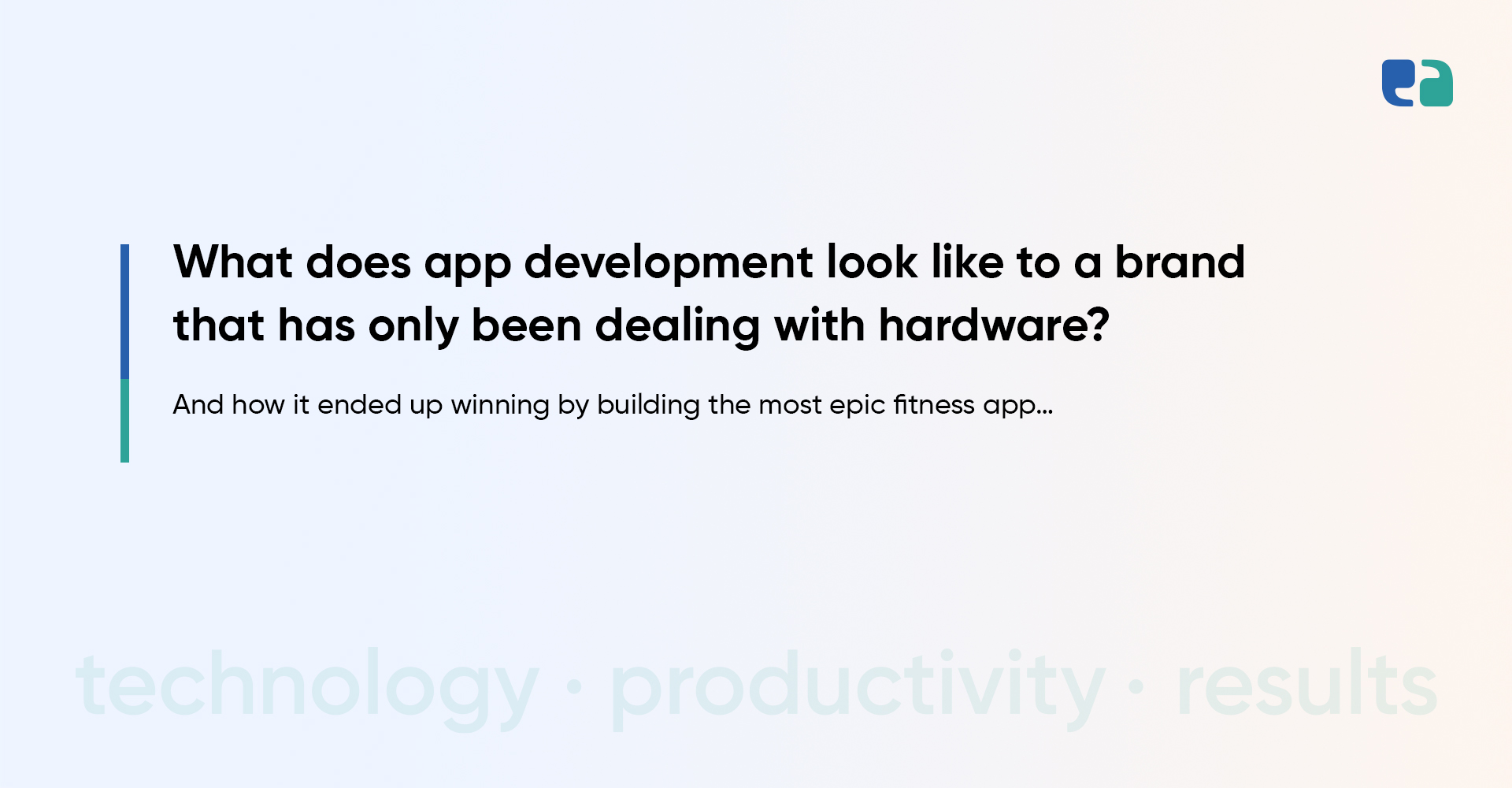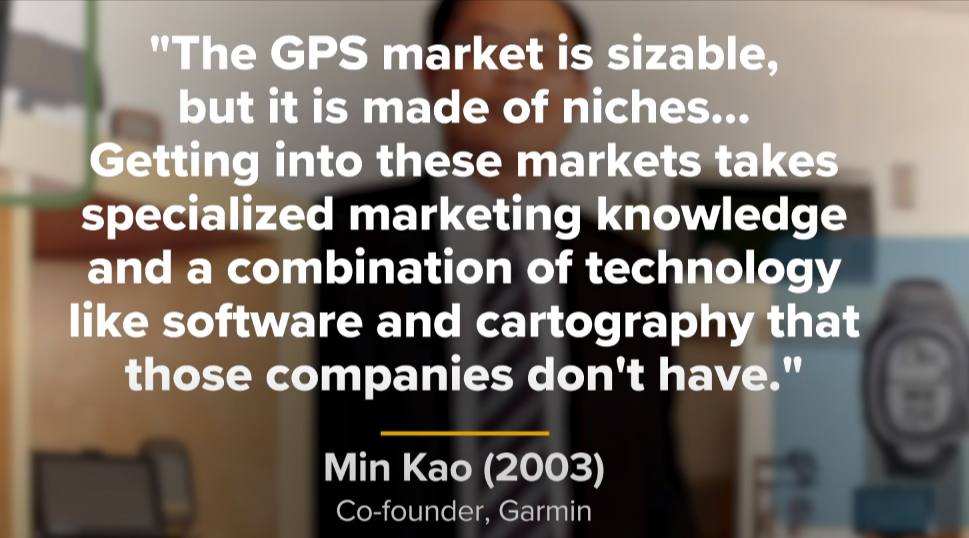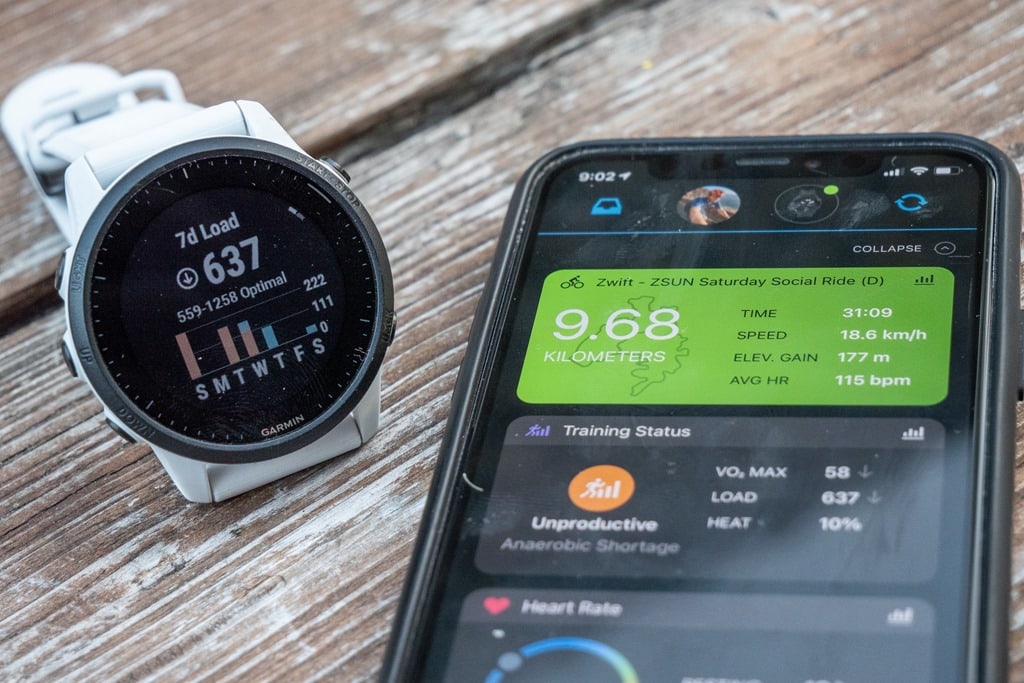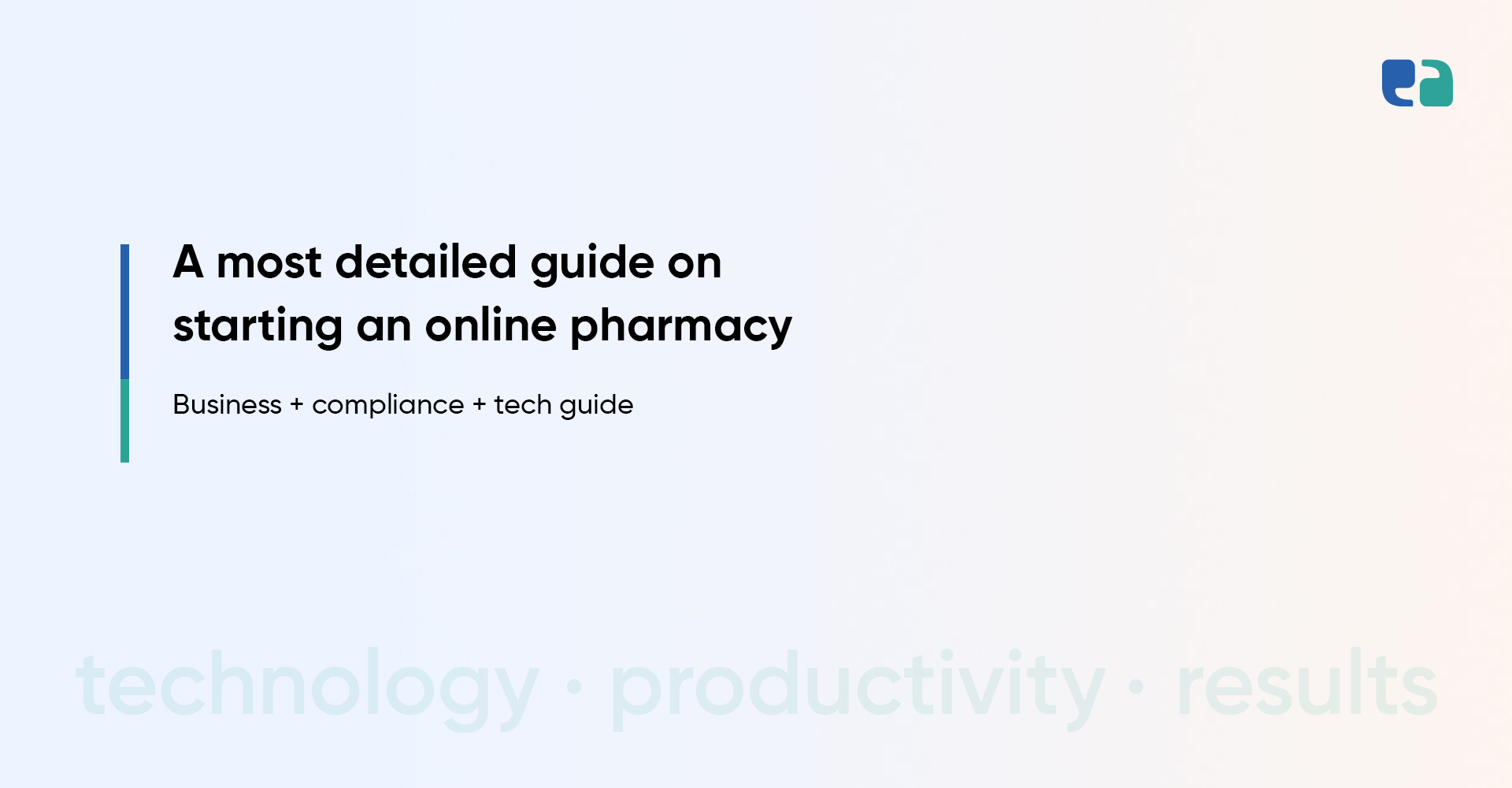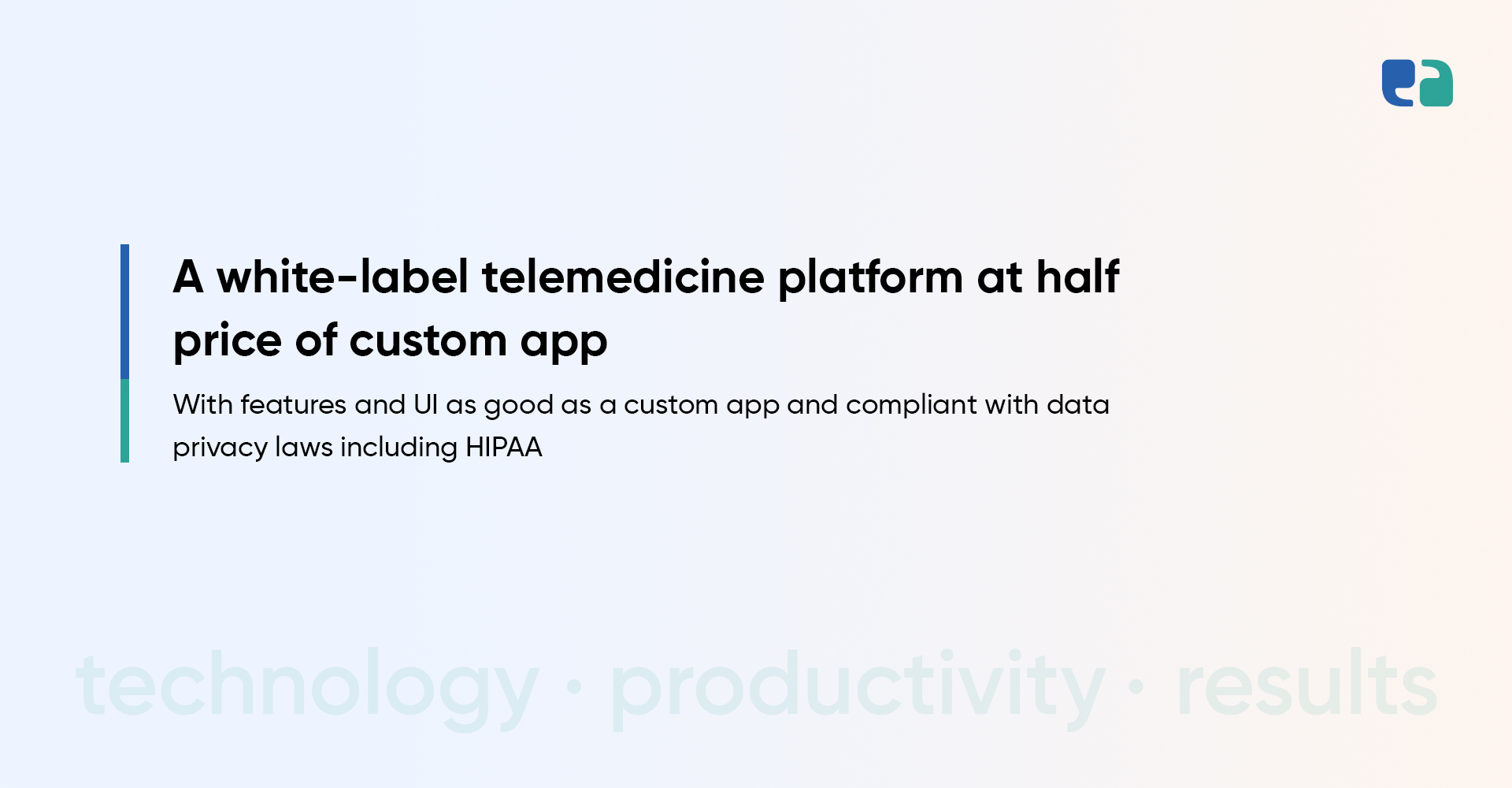1: A Personalized My Day Page
This feature is all about knowing what matters most to each user – using AI techniques and then showing only the data that matter most to her/him – be it heart rate, steps, stress level, etc.
Going personalized is key to engaging users.
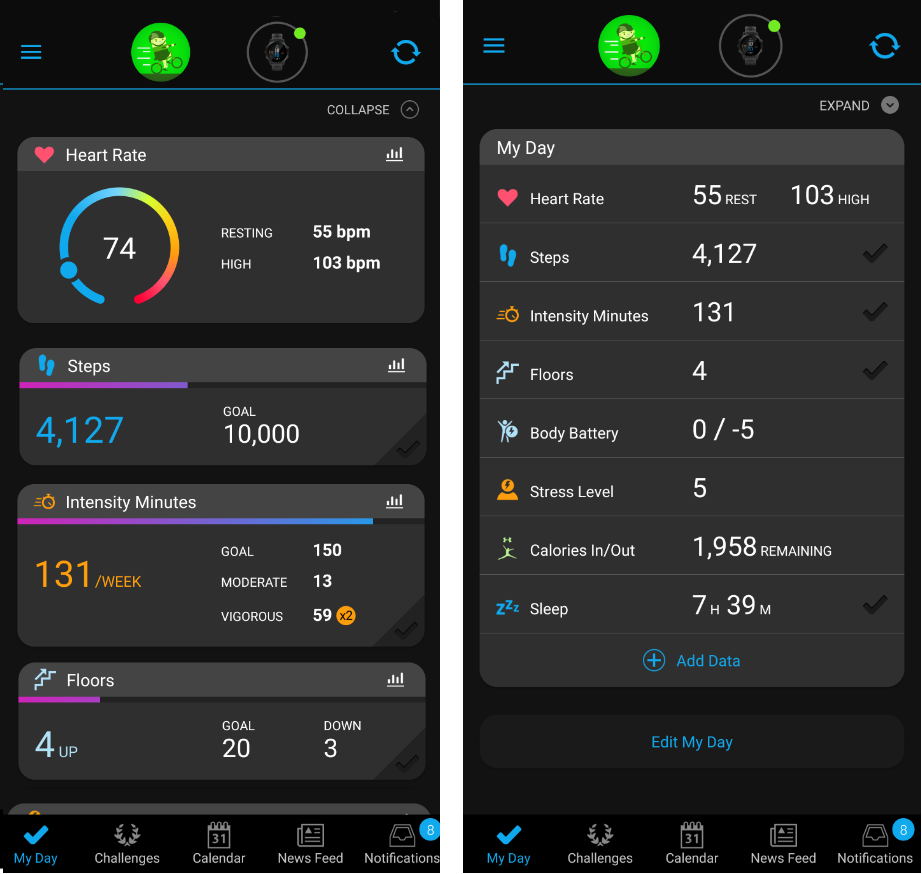
2: Statistics
Showing progress toward goals with daily fitness activities in a graphical format gives clarity to users.
This feature does exactly the same.
It also analyzes the overall progress and gives major highlights for quick tracking of progress.
3: Customized Workout Plans
Users set the goal, and the app takes care of the rest – it suggests customized workout plans to each user based on their set goal and other wellness data.
Not only this but the app reminds users of fitness activities and also shares a detailed progress report.
4: Sync with Other Apps
Garmin knows the power of the ecosystem, and thus, it creates one by allowing users to sync the Garmin Connect app with other fitness apps such as Apple Health, MyFitnessPal, and Strava.
5: Earn Badges
Garmin Connect mobile app gifts a sense of achievement for every small milestone in the form of badges.
This keeps users motivated.
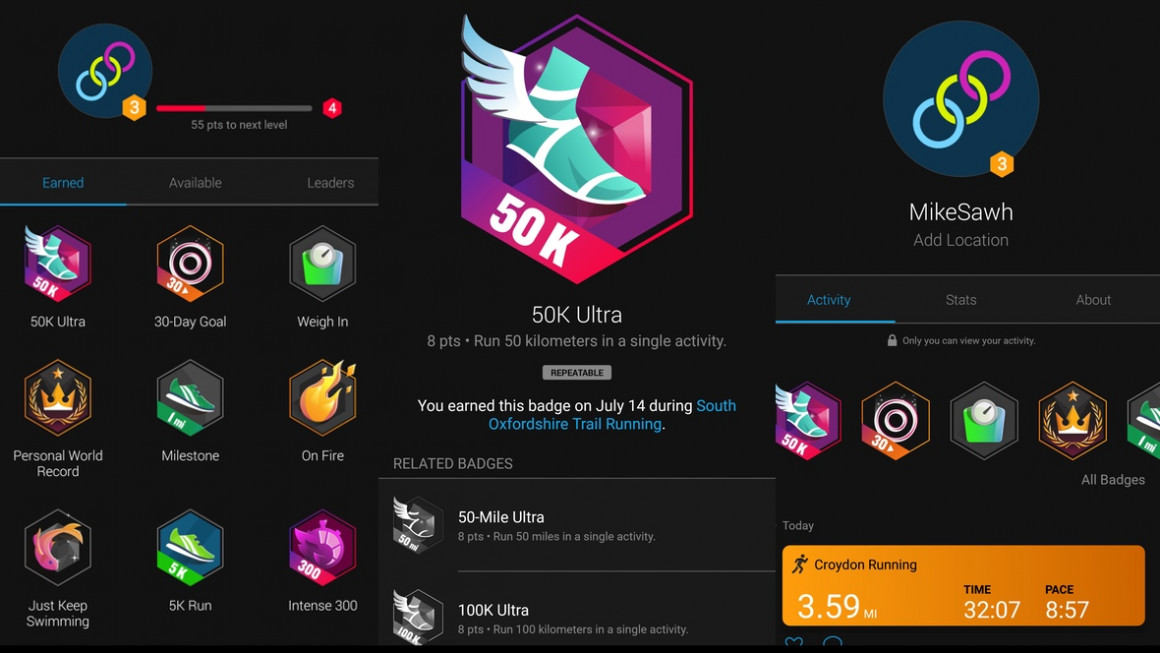
1: IoT
Using the IoT technology, the Garmin Connect app establishes a connection with Garmin hardware devices such as smartwatches.
The MQTT protocol is used for communication between an app and a Garmin smartwatch.
In addition, the smartwatch is armed with an IoT controller that controls all command processing and data-sharing functions.
2: AI
Personalized user experience is essential for keeping users engaged.
And here is where nothing can replace AI.
AI understands each user’s preference and serves them with the content, service, and feature that matters most to that individual.
With such a personalized delivery, users are less likely to get bored and uninstall the app.
So, for the sustainable future of any mobile app, AI plays a vital role.
